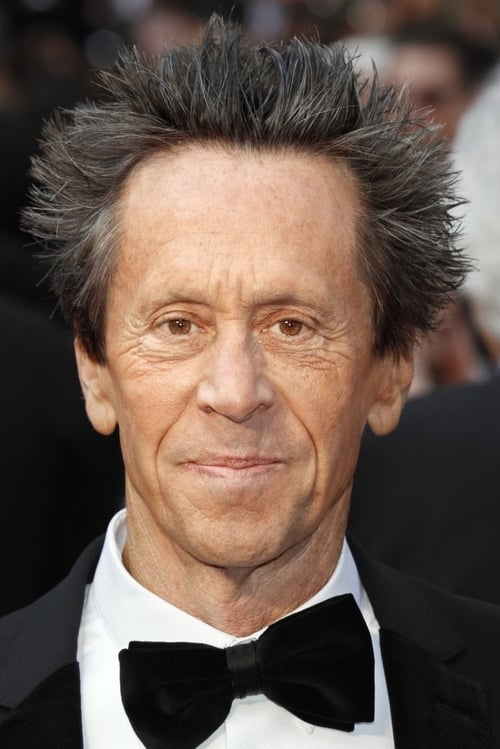Discover
-

Hans Zimmer
Original Music Composer -

Ron Howard
Director -

Brian Grazer
Producer -

Carmen Cuba
Casting -

Monique Ganderton
Stunt Coordinator -

Christian Wood
Visual Effects Supervisor -

Heikki Kossi
Foley Artist -

Loyd Bateman
Stunts
-
 r96sk
6/23/2021 3:58:49 PM
r96sk
6/23/2021 3:58:49 PM
Interesting and hearty story, which helps <em>'Hillbilly Elegy'</em> overcome the fact it probably isn't that great a film as a whole. I enjoyed watching the cast. Gabriel Basso gives a good performance in the role of J. D. Vance, though is outshone by Owen Asztalos; who plays the younger version of Vance. Elsewhere, star names Amy Adams and Glenn Close support strongly. Freida Pinto is even involved, albeit in a minor and largely unimportant part. I don't love the way the story is told, or some of the elements it tries to force through. I did find myself caring for the lead character though, as well as feeling suitably invested in seeing the plot unfold. There's a nice score in there, also. I'd say it's a good film, nothing more or less.
-
 rsanek
7/26/2024 10:50:29 PM
rsanek
7/26/2024 10:50:29 PM
"You don't know shit" is a hilarious quote by the grandmother to a young JD Vance. I had to laugh throughout the film at her portrayal, she seemed like a wild character with wilder makeup and costuming. But then I was humbled when I saw the true images of JD Vance's family at the end -- they absolutely nailed her visually. Not necessarily the 'best' watch but definitely a fun one, and with Vance as a VP I feel like it is necessary. Talk about great PR.
-
 Peter McGinn
7/23/2021 11:01:52 AM
Peter McGinn
7/23/2021 11:01:52 AM
This is another entry in the wrenching genre of Oprah book club family dysfunction fare. The dysfunction extends through two generations here, plenty of material to mine for lousy parenting and distressing reality show-worthy bad behavior. It is well done I suppose, as you would expect from Ron Howard, but I confess I have a low threshold for this genre and had to force myself to finish it. One bright light was that at least the brother and sister were there fir each other and counterbalanced the antics of Mom and Mamaw. They show the real people at the end of the film, and I was intrigued by how close they tried to have the actors resemble them. But of course the home movies shown were all of positive moments in the family, as filming life’s awful moments blossomed much later with YouTube. So these cheerful videos acted to gloss over the pain and dysfunction the movie had worked so meticulously to represent throughout the two hour film.







Amy Adams
Beverly "Bev" VanceHaley Bennett
Lindsay VanceGlenn Close
Bonnie "Mamaw" VanceGabriel Basso
J.D. VanceFreida Pinto
Usha ChilukuriBo Hopkins
PapawJason Davis
Dr. NewtonDavid Dwyer
Uncle Arch